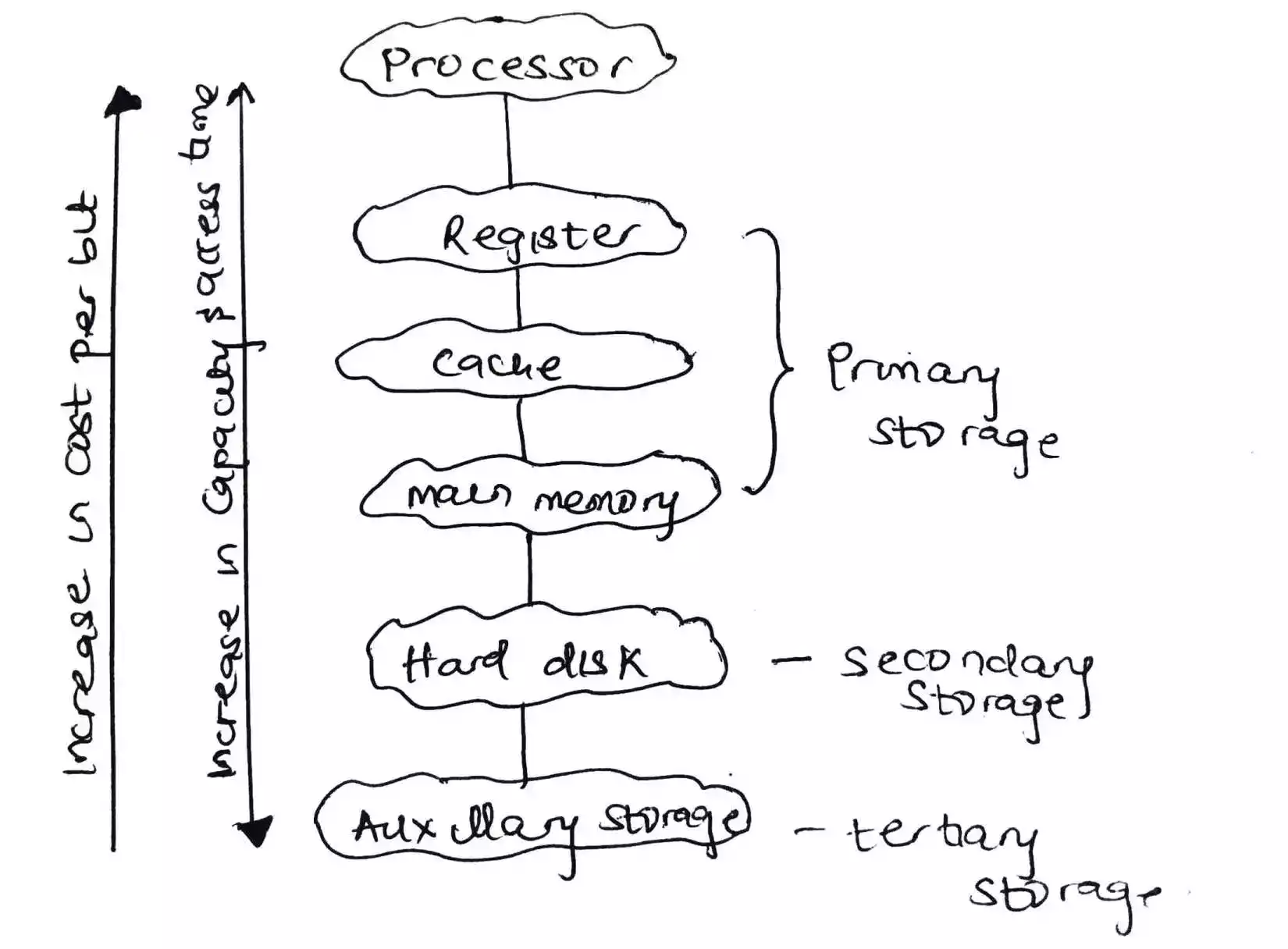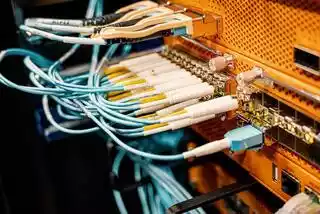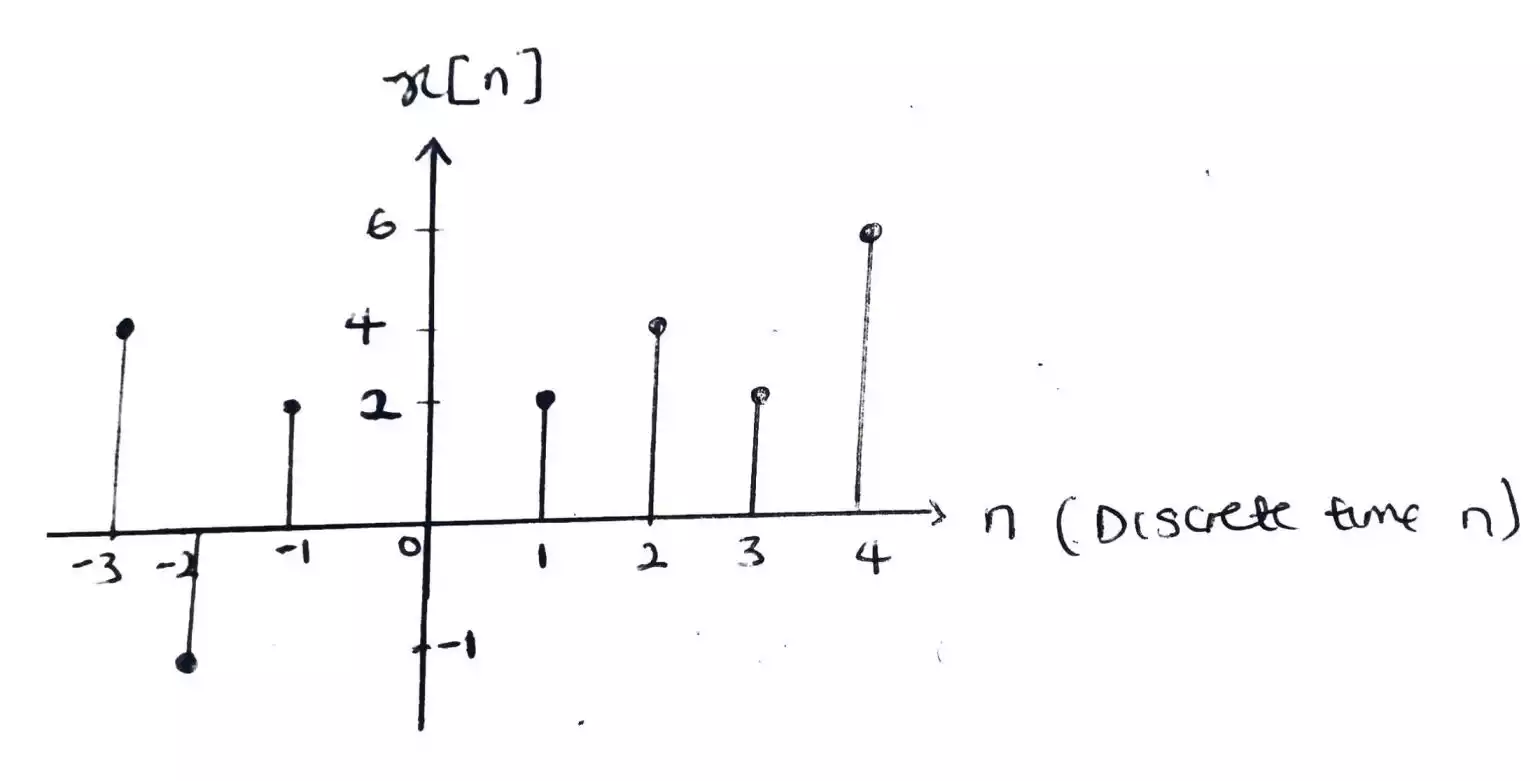Differences Between Latch and Flip-flop
Latches and flip-flops are both types of circuits used in digital electronics to store binary information. But with this similarity, there are some key differences between them.
What is a Latch?
A latch is a circuit that has two stable states and can store one bit of information. It is a level-sensitive device, which means that its output depends on the level of the inputs.
Latches are often used to store the state of a system and are used in many applications, such as data storage, memory, and sequential logic.
What is a Flip-flop?
A flip-flop, is a circuit that has two stable states and can store one bit of information. It is an edge-sensitive device, which means that its output changes only when a specific edge of the input signal is detected.
Flip-flops are used to store binary information in digital systems and are typically used in synchronous circuits to ensure that all events occur synchronously.
Difference between Latches and Flip-flops
| Latches | Flip-flops | ||
|---|---|---|---|
| 1 | Clock Input | Latches do not have clock input | Flip-flops do have clock input |
| 2 | Sensitivity | Latches are level-sensitive | Flip-flops are edge-sensitive |
| 3 | Stability | Latches are unstable | Flip-flops are stable devices |
| 4 | Sequential Logic | Latches are often used in sequential logic circuits | Flip-flops are used in synchronous circuits |
| 5 | Set-Reset | Latches don’t often have a set and reset input | Flip-flops often have a set and reset input, which allows the user to explicitly set or reset the state of the flip-flop |
| 6 | Output Behavior | Latches may oscillate if the inputs are not stable | Flip-flops are always stable as long as the clock signal is stable |
- Clock Input: One of the most significant differences is that flip-flops have a clock input, while latches do not. This means that flip-flops change state only when a clock signal is present, while latches change state as soon as the inputs change.
- Sensitivity: Latches are level-sensitive, while flip-flops are edge-sensitive. This means that the output of a latch depends on the level of the inputs, while the output of a flip-flop changes only when a specific edge of the input signal is detected.
- Stability: Latches can be unstable, while flip-flops are always stable. This means that the output of a latch may oscillate if the inputs are not stable, while the output of a flip-flop is always stable as long as the clock signal is stable.
- Memory: Latches are used to store the state of a system and are used in many applications, such as data storage and memory, while flip-flops are used to store binary information in digital systems.
- Sequential Logic: Latches are often used in sequential logic circuits, while flip-flops are used in synchronous circuits to ensure that all events occur synchronously.
- Set-Reset: Flip-flops typically have a set and reset input, while latches do not. This allows the user to explicitly set or reset the state of the flip-flop.
- Output Behavior: The output behavior of latches and flip-flops is different. Latches may oscillate if the inputs are not stable, while flip-flops are always stable as long as the clock signal is stable.
Summary
In summary, one of the key differences between latches and flip-flops is that latches are level-sensitive, while flip-flops are edge-sensitive.
Another difference is that latches do not have a clock input, while flip-flops do. This means that flip-flops can change state only when a clock signal is present, while latches can change state as soon as the inputs change.





